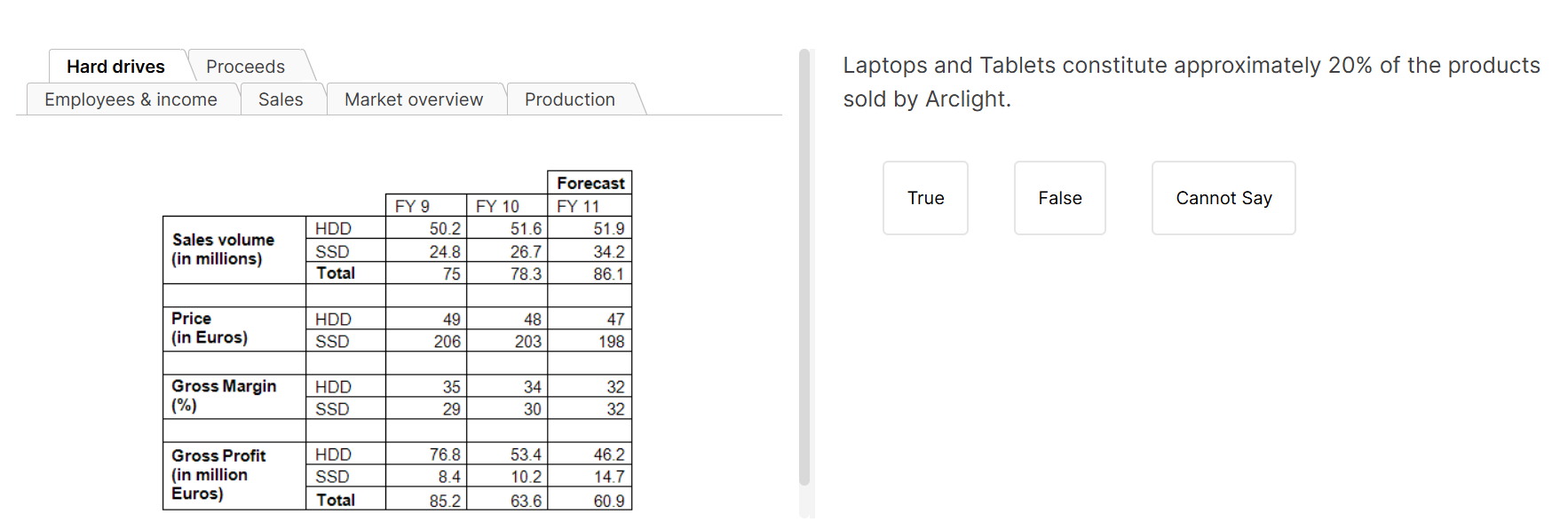Master the ieGAT with Confidence
Prepare with full coverage of the ieGAT’s cut-e style verbal, numerical, and abstract sections, featuring realistic simulations that mirror the actual test experience.
The ieGAT PrepPack includes:
- Realistic timed tests that simulate the pressure of the real thing, improving your time management and efficiency
- Verbal Reasoning tests that will build your ability to locate pertinent information quickly
- Numerical Reasoning Tests that will sharpen your mathematical skills and help you locate the information you need in complex data sets
- Abstract Reasoning Tests that will teach you how to find the hidden rules and logic that make these questions so tricky
- Realistic interface & complexity – mirrors the actual Solve Game experience.
- Unlimited retakes during your subscription.
For the computerized test version:
- 5 Verbal Reasoning Practice Tests
- 6 Numerical Reasoning Tests
- 9 Abstract Reasoning Tests
For the pen-and-paper test version:
- 1 Numerical / Verbal Test Simulation
- 14 Numerical Reasoning Tests
- 17 Verbal Reasoning Tests
- 10 Abstract Reasoning Tests
Both versions include dozens of additional study guides, video tutorials, and exercises
Who Are We?
At JobTestPrep, we’ve helped thousands of candidates pass competitive hiring assessments, including those at McKinsey and other top consulting firms. Our materials are designed by psychometric experts and updated based on real candidate feedback to reflect the latest game formats.
Founded in 1992 by David Meshulam, JobTestPrep has become a trusted leader in online test preparation. With 30+ years of experience, 220+ courses, and over a million success stories, we combine expert-crafted PrepPacks with AI tools like our CV Analyzer and Interview Prep platform to help candidates worldwide prepare with confidence.
FAQs
You will have instant access to your PrepPack, which includes all your practice tests. You can start practicing immediately, learning from detailed explanations and guides, while tracking your performance with accurate, tailored questions to help you understand the correct approach to solving your assessment.
After your purchase, you will receive two emails. The first will contain your payment receipt, and the second will include a login link along with information about our general terms, conditions, and refund policy. To access your PrepPack, simply log in and reset your password.
No, there is no limit. Your progress is saved in your account, allowing you to revisit previous attempts. Our performance tracker helps you focus on the test sections that require more attention.
Yes, you can extend your practice period. Simply contact our customer success team via c.serv@jobtestprep.com.
The ieGAT, or IE Global Admissions Test, is a rigorous entrance exam developed by IE University to assess candidates' cognitive abilities and reasoning skills under strict time constraints.
It spans 80 to 90 minutes without breaks and features 129 questions that test verbal, numerical, and abstract reasoning in a random sequence.
This one-time test demands high performance in critical thinking and comprehension of both textual and numerical information, with a scoring system that factors in both speed and accuracy, making thorough preparation essential for success.
The ieGAT, also known as the IE Global Admissions Test, is an admission test developed by IE University to assess candidates’ numerical, verbal, and abstract reasoning skills under significant time pressure. Since you can take it only once, the ieGAT exam is highly stressful, and the adaptive difficulty and negative scoring for wrong answers add to its challenge.
The ieGAT exam, also called the IE Global Admissions Test, was developed by IE University and is designed to test cognitive abilities under significant time pressure. It lasts 70 to 90 minutes, with no breaks, and includes 129 questions covering verbal, numerical, and abstract reasoning in a randomized order.
No, the IE Global Admissions Test (ieGAT) can only be taken once. This makes preparation crucial, as there are no second chances if things don't go as planned.
The IE Global Admissions Test (ieGAT) score is determined by a combination of factors, including the correctness of your answers and the time it takes you to respond. The questions and sections are not equally weighted, as they assess a variety of intellectual abilities and are influenced by the program you are applying to.
Additionally, incorrect answers may result in point deductions, making accuracy and speed both essential for achieving a strong score. There is no set number of answers required to pass, as the score depends on how many questions you answer and how accurate your responses are.
You need to register for the ieGAT on the official ieGAT website, and choose a convenient date.
Candidates used to be able to choose a specific time and place to take their exams after signing up. However, due to COVID-19 regulations, the IE University has made the entire application process accessible online to candidates worldwide.
You need to make all the necessary payments and complete at least 25% of your application before you are allowed to take the test. If these requirements are not met, you will be unable to take the test.
Also, you have 30 days after taking the ieGAT Test to complete your online application and receive your results. If you do not submit your online application on time, you will lose your ieGAT result and will be required to submit alternative test scores.







